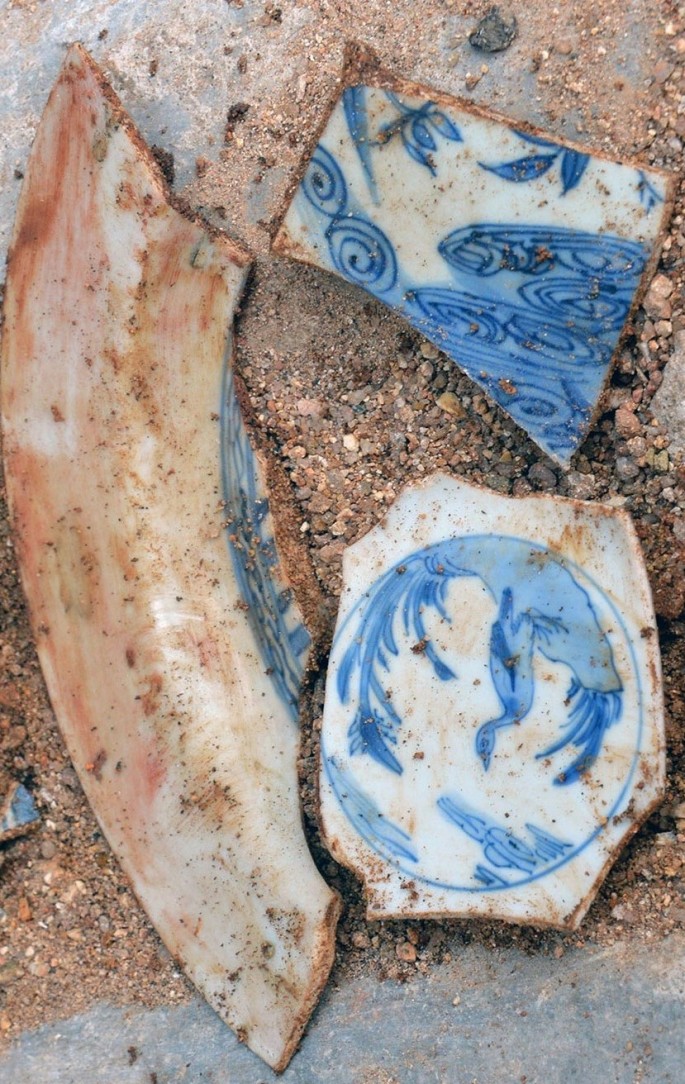Fragments of ancient, export-quality Chinese porcelain were discovered in the Port of Acapulco in Mexico, just some five feet below the ground near the port's cathedral.
An archaeological project sponsored by the National Institute of Archaeology and History (INAH) of Mexico found thousands of broken pieces of rice bowls, cups, plates and platters which are as old as 400 years.
The porcelain, which dates back to a time between 1572 and 1620, during the reign of Wanli, the thirteenth emperor of the Ming dynasty, arrived in Mexico aboard the Galleon.
According to Roberto Junco, one of the researchers from INAH, the quality and the decoration on the porcelain which showed small wild birds, swans, phoenixes and deer were characteristic of the type of pottery made in Zhangzhou, Fujian and in Jingdezhen, Jiangxi. The latter was named as China's Capital of Porcelain.
Aside from these, the archaeological finding also consisted of a coarser type of ceramic produced in Southeast Asia which was used to contain spices and liquids.
Pirate attacks, which were common in Mexico's ports, could explain why the fragments recently found seemed to have been unnaturally destroyed.
The Port of Acapulco and other Mexican ports, along with Manila in the Philippines and today's Taiwan, were frequented by the Galleon to trade spices, silks and other goods.
This recent discovery reflects two things. First, the trade relationship between China and Mexico though miles apart has been going on for centuries. Second, China's porcelain, which has already endured four hundred years, is not as vulnerable as one popular song depicts it to be.



























